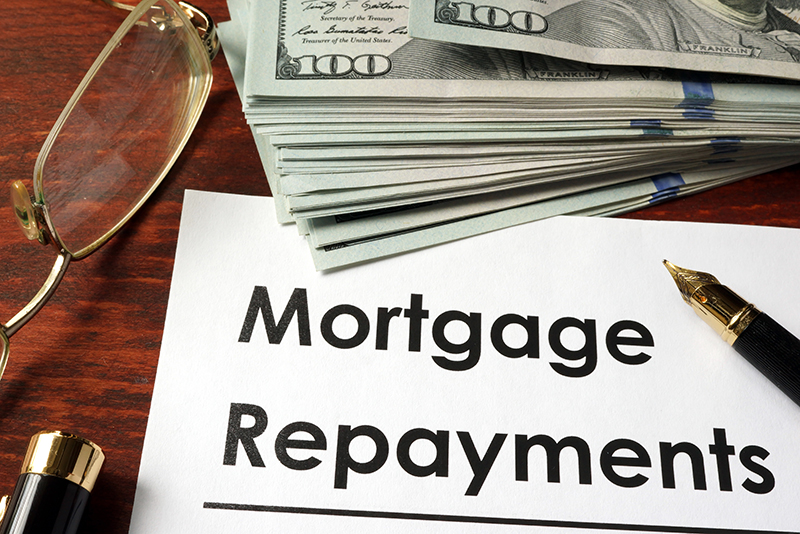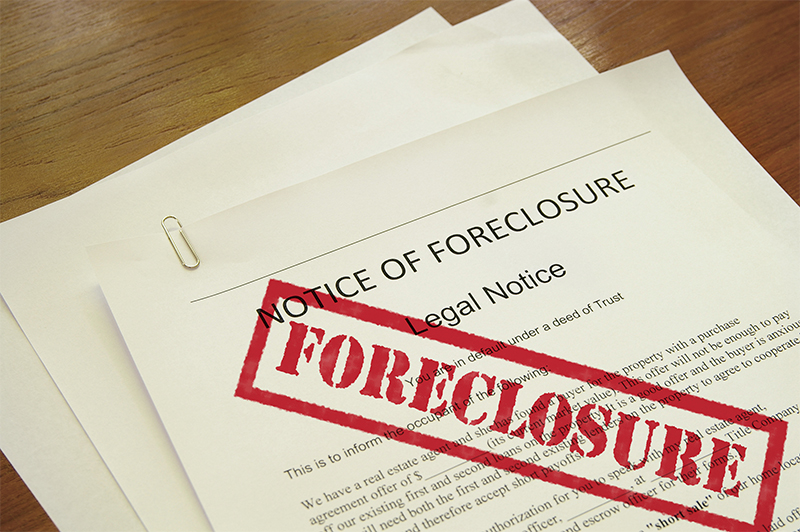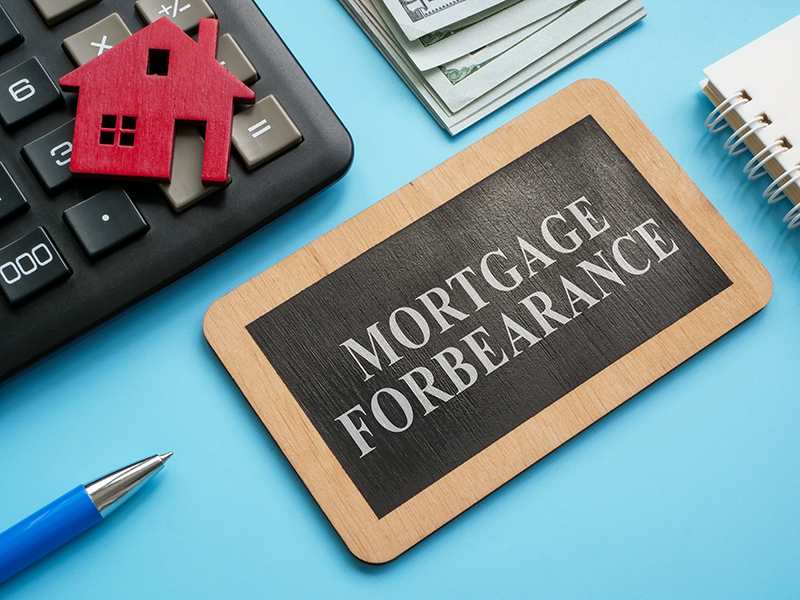Are you facing foreclosure? Here are some steps you can take to prevent foreclosure.
Contact the Lender to Let Them Know Your Situation
Lenders are often willing to work with borrowers who are experiencing financial difficulties, particularly if they are proactive about reaching out and communicating their situation. By being open and honest about your circumstances, you can often avoid more serious consequences like defaulting on your loan or damaging your credit score. [1]
When contacting your lender, be clear and concise about your situation. Provide them with a detailed explanation of your current financial challenges, including any changes in employment, income, or expenses that may be affecting your ability to make payments. Be sure to also include any relevant supporting documentation, such as pay stubs, bank statements, or medical bills, to support your case.
Whether it’s a temporary payment plan, a modification to your loan terms, or a deferment of payments, having a proactive plan in mind can show your lender that you are committed to finding a resolution that works for both parties.
Mortgage Repayment Plan
This plan typically involves the homeowner agreeing to make additional payments, in addition to their regular mortgage payments, to gradually pay off the missed payments and any associated fees.
The repayment plan will be a formal agreement between the homeowner and the lender that outlines the schedule and amount of the additional payments needed to resolve the delinquency. The terms of the repayment plan may vary depending on the homeowner’s financial situation and the lender’s policies. [2]

Loan Modification
There are several ways in which a loan can be modified.
- Extend the loan term, which will lower the monthly payments but may result in paying more interest over the life of the loan.
- Change the interest rate, either temporarily or permanently, which can also lower the monthly payments.
- The lender may agree to reduce the principal amount of the loan in order to make the payments more affordable for the borrower.
Loan modification is not a guaranteed option for borrowers, as it typically requires the approval of the lender. However, many lenders are willing to work with borrowers who are struggling to make their loan payments in order to avoid the costly and time-consuming process of foreclosure.
If you are approved for a loan modification, carefully review the new terms of the loan and make sure they are sustainable for the long term. Make all payments on time and in full in order to avoid defaulting on the loan. [3]
Deed-in-lieu of Foreclosure
A deed-in-lieu of foreclosure is a transaction in which a homeowner voluntarily transfers ownership of their property to the mortgage lender in order to avoid the foreclosure process.
This type of transaction can benefit both the homeowner and the lender. For the homeowner, a deed-in-lieu of foreclosure can help them avoid the negative consequences of having a foreclosure on their credit report. It can also provide a quicker resolution to their financial difficulties, as opposed to the often lengthy and stressful foreclosure process.
For the lender, a deed-in-lieu of foreclosure can save time and money that would otherwise be spent on the foreclosure process. It also allows the lender to take possession of the property more quickly, which may help them to minimize their losses.
A deed-in-lieu of foreclosure is not always an easy option for homeowners to pursue. Lenders are generally not required to accept a deed-in-lieu of foreclosure, and they may only consider it if the homeowner has made a good-faith effort to sell the property at its fair market value and has been unsuccessful. The homeowner may still be held responsible for any remaining mortgage debt after the transfer of the property.

Use Your Assets When Facing Foreclosure
When facing foreclosure, think outside the box and consider any assets you may have that could help you avoid losing your home.
One potential asset to consider is any equity you may have in your home. If you have built up equity over the years, you may be able to use it to negotiate with your lender for a loan modification or to refinance your mortgage. This can potentially lower your monthly payments and make it more manageable to keep up with your mortgage.
Another asset to consider is any additional properties or real estate you may own. If you have other properties or assets that could be liquidated or used as collateral, it may be worth exploring these options as a way to generate the funds needed to catch up on your mortgage payments.
Consider any valuable personal assets that could be used to generate income. This could include things like a car, valuable jewelry, or other possessions that could be sold or used as collateral for a loan.
It may also be worth exploring the possibility of renting out a room in your home or taking on a part-time job to generate additional income.
Consider any financial assets you may have, such as savings, retirement accounts, or stocks and bonds. While it’s never ideal to dip into these resources, they may be necessary in order to avoid foreclosure.
Before making any decisions, carefully weigh the pros and cons and consult with a financial advisor or attorney to fully understand the implications.
Assistance programs may be available to homeowners facing foreclosure. There are often government programs, non-profit organizations, and other resources that can provide financial assistance or guidance to help you navigate the foreclosure process.
Submit a Request for Forbearance
A forbearance is a temporary pause or reduction in your mortgage payments, allowing you some breathing room during tough times.
When requesting a forbearance, be prepared to provide documentation to support your request, such as proof of income, expenses, and any other relevant financial information. This will help the servicer assess your situation and determine the best course of action for your specific circumstances.
A forbearance is not forgiveness of debt – it simply allows you to temporarily pause or reduce your mortgage payments. Once the forbearance period ends, you will need to resume making your regular payments, and any missed payments will need to be repaid. The specific terms of the forbearance will vary depending on your servicer and your individual situation.

File Bankruptcy
Filing for bankruptcy can provide immediate relief from the foreclosure process. When you file for bankruptcy, an automatic stay is put into place, which halts all collection efforts, including foreclosure proceedings. This means that the foreclosure process will be temporarily stopped, giving you some breathing room to explore your options.
Chapter 13 bankruptcy, in particular, can be a powerful tool for stopping foreclosure. This type of bankruptcy allows you to create a repayment plan that will allow you to catch up on missed mortgage payments over a period of three to five years. As long as you continue to make timely payments on your mortgage going forward, you can keep your home and avoid foreclosure.
Filing for bankruptcy should not be taken lightly and should be done with the guidance of a qualified bankruptcy attorney. While bankruptcy can provide immediate relief from foreclosure, it does come with long-term consequences and should only be considered after careful consideration of all options.
Contact Frego Law bankruptcy lawyers today to schedule a consultation.
Sources:
[1] Foreclosure Tips. (2019, April 16). HUD.gov / U.S. Department of Housing And Urban Development (HUD). https://www.hud.gov/topics/avoiding_foreclosure/foreclosuretips
[2] Araj, V. (n.d.). How To Stop A Foreclosure On Your Home. Quicken Loans. https://www.quickenloans.com/learn/how-to-stop-foreclosure
[3] Lee, J. (2023, October 19). How to stop foreclosure. Bankrate. https://www.bankrate.com/mortgages/how-to-avoid-foreclosure/#ways-to-stop




